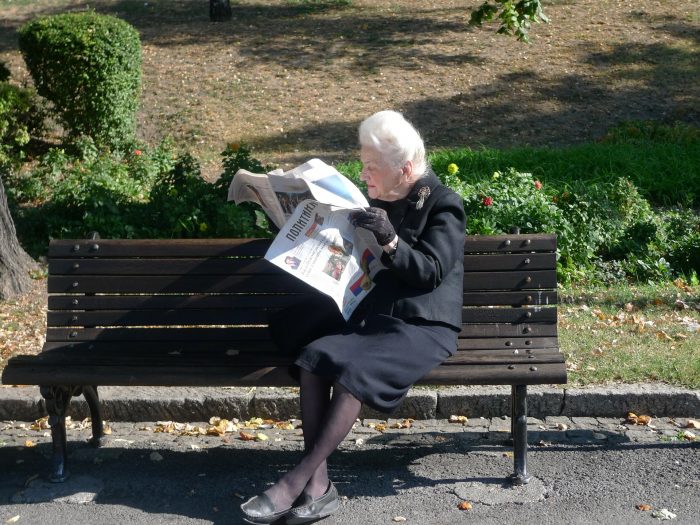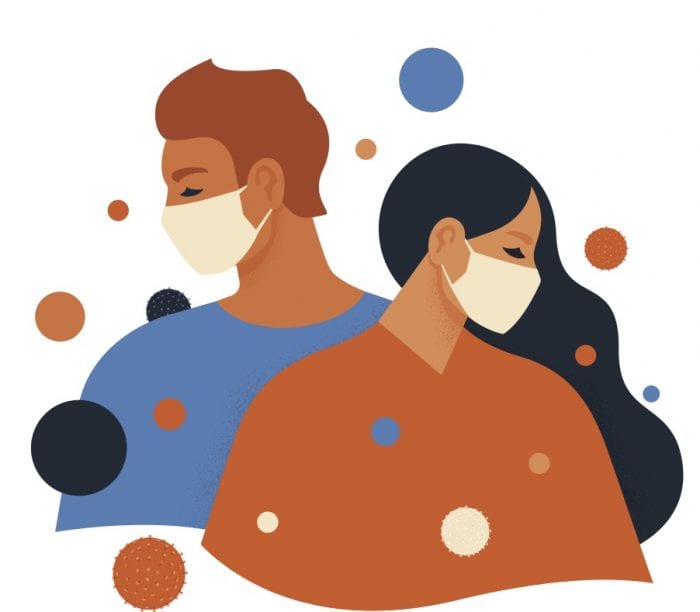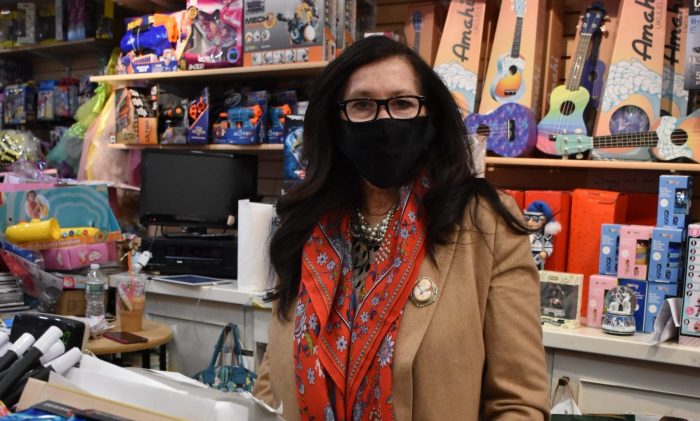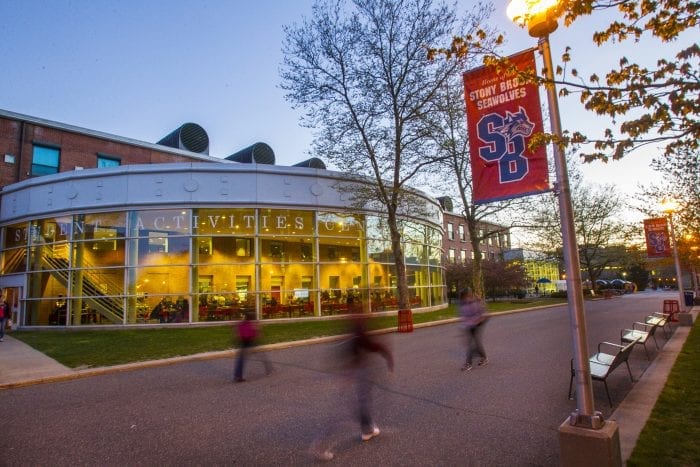Not every publication out there is “Fake News.”
During last week’s insurgence at the U.S. Capitol, a photo — taken by a journalist — has made its way around social media, memorializing the words “Murder the Media” written on a wall inside The People’s House.
That’s disheartening to say the least.
Now more than ever, facts are important — whether you like us or not.
The fact that journalists, reporters and photographers down in D.C. are now sharing their stories about that Wednesday’s events — how they were attacked, name called, hurt and threatened — is a terrifying thought.
The media has always had a rocky relationship with readers. A lot of the time, many people don’t like what is being reported on or how it’s being said. That is something this field has dealt with since the first newsletter came out centuries ago.
But the last four years are on a different level. It’s a whole new battle.
There have been many times that reporters at TBR News Media were harassed on assignment, also being called “fake.”
We are your local paper. We are the ones who cover the issues in your backyard, who tell the stories of your neighbors that you live beside, and we showcase your children, whom you love, playing their favorite sports.
We aren’t commentators or analyzers, except on our opinions pages that are clearly labeled.
We are the eyes and ears of our community, and we do the heavy lifting when you have questions. We interview your elected officials and bring awareness to issues other larger papers or TV stations forget to research or mention.
How is that fake?
Now more than ever, we ask you to support what we have put our hearts and our livelihoods into.
Next time you might think that the media had it coming to them, just remember that those reporters who have been hurt and humiliated don’t come into your workplaces, breaking your equipment and ridiculing you for what you do.
We serve all the public and are proud to do so.














